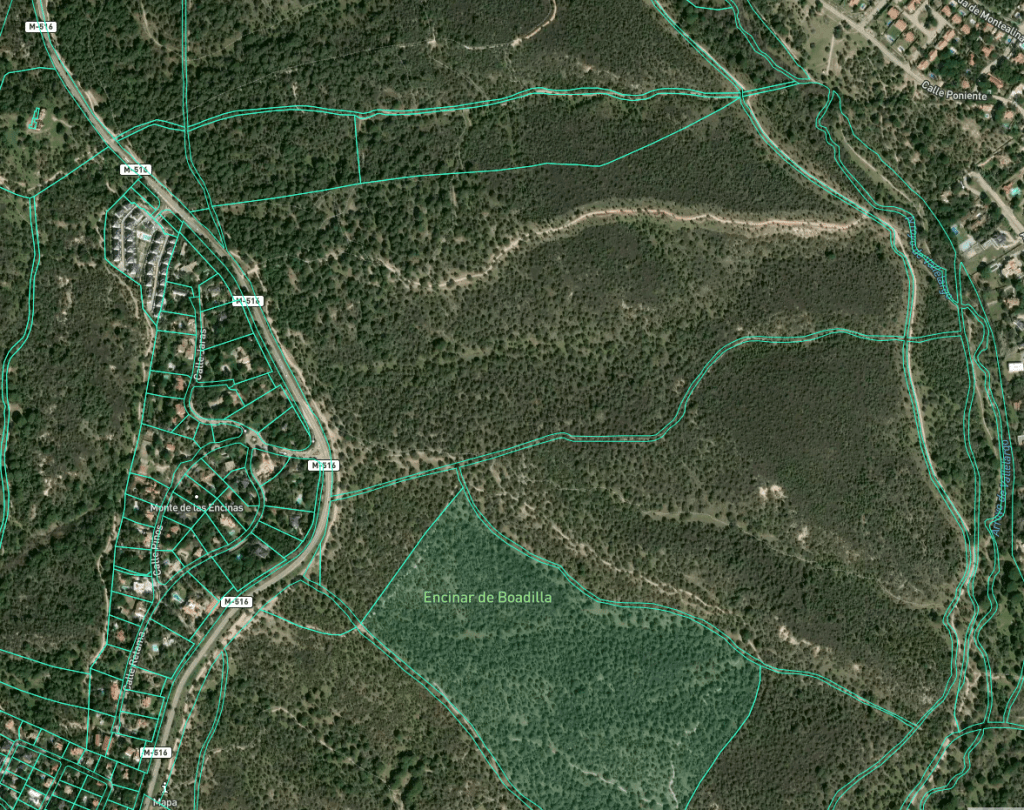Pathfinder075
Active Member
- Time of past OR future Camino
- Various Routes in (2016), (2017) and (2023).
So I decided to pre register now, so i have less hassle later. But I have sort of an issue with the first drop down box. As some of you know my route this year is a bit complicated. I start in Santander and then do the Vadiniense, Salvador, then Camino do Mar, Ingles, probably the Finisterre camino and then get a compostella.
What "Way" do I use on the pre registration. "Otros Caminos" doesn't offer a suitable start point. Vadiniense or Lebaniego aren't in the Way drop down box either. Kind of perplexed. Want I think I want is Otros Caminos and Northern Spain as the start point, but that doesn't exist as far as I can see.
Any ideas?
What "Way" do I use on the pre registration. "Otros Caminos" doesn't offer a suitable start point. Vadiniense or Lebaniego aren't in the Way drop down box either. Kind of perplexed. Want I think I want is Otros Caminos and Northern Spain as the start point, but that doesn't exist as far as I can see.
Any ideas?

























